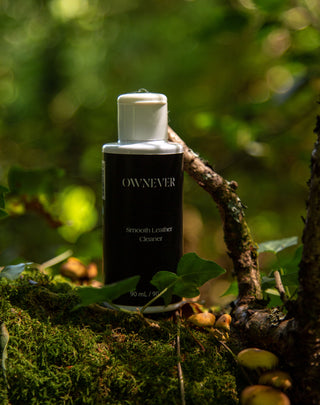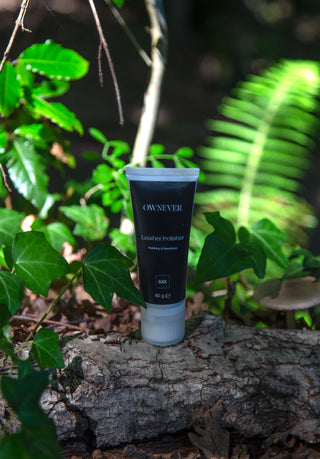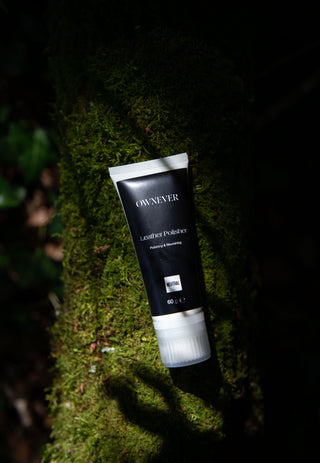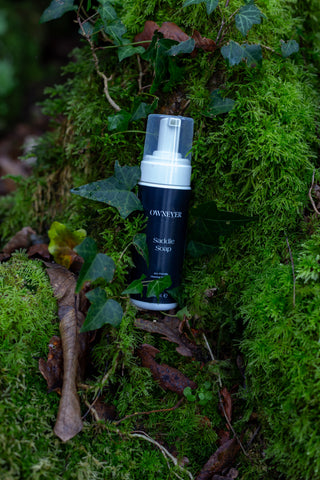“In a world where imitation moves faster than creation, authenticity has become the new luxury.”
Among all the brands that symbolize heritage and discretion, Goyard stands in a league of its own. For more than 170 years, the Parisian house has built a reputation around some mystery and the opposite of the current luxury brands’ modus operandi: no e-commerce, no advertising, and no celebrity campaigns. The low profile has become its signature. But that same low profile, unfortunately, has also made Goyard one of the most counterfeited luxury brands in the world.
You can find the Saint Louis totem, the Sénat bag, or any Goyard bag counterfeit versions circulating through online marketplaces and social media resellers. At first glance, they might look convincing. Yet to the trained eye, the differences can be immense. Authenticity is not just about origin and looks. It is about time, skill, and respect for the story and the people who are behind the work. This guide will help you identify a fake Goyard bag, as well as understand why the real one matters. True craftsmanship will always stand strong among good or bad copies.
Understanding the Goyard heritage
Founded in 1853 by François Goyard, the maison evolved from a trunk-making atelier that catered to the French aristocracy. Its signature innovation came in 1892 with the introduction of the Goyardine canvas, a coated linen, cotton blend that combined lightness, flexibility, and durability. It was ideal for travel during the Belle Époque.
Unlike other luxury brands that expanded aggressively, Goyard remained deliberately small. The house refused mass marketing, preferring word-of-mouth and loyal clientele. Even today, Goyard operates without an online store, only a website where you can contact the brand. Its creations are sold only in its own boutiques, where the experience is slow, personal, and tactile. If you’re buying on the resale market, always be skeptical of low prices. Authentic Goyard bags rarely sell below market value, and such offers often signal counterfeits.
Goyard has fewer than 40 boutiques worldwide. Some major cities include: Paris (flagship on Rue Saint-Honoré), London (Mount Street), New York (Madison Avenue), Beverly Hills, Miami, Tokyo, Osaka, Seoul, Hong Kong, Singapore, Dubai
That discretion is part of its appeal, but it also makes authentication crucial, as counterfeiters exploit the brand’s low visibility.
The material is where the difference begins
The Goyardine canvas is unlike any other coated fabric. Composed of natural fibres such as cotton, linen, and hemp, it is coated with a light layer of plant resin and finished with the distinctive Y-shaped chevron motif, originally hand-painted through a pointillist technique.
Today, while mechanical screen printing is used for consistency, the canvas still retains depth: a pattern that appears slightly raised under light, with subtle irregularities that reflect artisanal work. Counterfeits often look too flat, too shiny, or pixelated, with incorrect colours or printed plastic-like surfaces. A real Goyard bag is supposed to age with grace. Its resin softens, its tones deepen, and its patina becomes unique to the owner. Fake bags, by contrast, do not evolve; they simply degrade.
The craftsmanship is the precision that cannot be copied
Every stitch in a Goyard bag is made with precision. The maison’s artisans produce balanced tension, symmetrical edges, and reinforced leather piping lining the interior seams. If you compare a genuine Saint Louis tote to a counterfeit, look closely. The stitching is perfectly even, the handles stand upright, and the natural leather darkens gradually with exposure to light.
Counterfeits usually reveal shortcuts: uneven seams, painted edges that chip quickly, synthetic handles that bend unnaturally, or glue marks at the corners. Even the sound of the canvas when the bag moves offers clues, as genuine Goyardine has a muted, textured rustle rather than a plastic crinkle.
Branding and typography emphasize the importance of small details
Authenticity often hides in typography. On a genuine Goyard:
• The “Goyard Paris” stamp is thin, crisp, and perfectly aligned
• The “MADE IN FRANCE” mark is centred and evenly spaced
• The geometry of the letters - especially the G, Y, H, and N - follows precise proportions
The serial code that you can find inside a Goyard bag follows a logic: three letters and six numbers, stamped lightly with consistent spacing. Counterfeits often press these codes too deeply or use incorrect fonts. Notice that Goyard does not include authenticity cards or certificates, so if you find one in a listing, it is likely a fake Goyard bag.
Check the hardware and structure, the finishing touch
The authentic Goyard hardware uses silver-toned brass with clean engravings. Buttons show a straight “G,” just like the Goyard logo, and zippers (also engraved with the G letter logo), that move smoothly and without resistance. Fake hardware often appears overly shiny, with thick or uneven engraving.
Interior snap buttons and other metal parts are engraved “Goyard” on both sides, showing the brand’s attention to detail.
Inside, linings are made of natural cotton twill in mustard yellow, especially in the Saint Louis tote. Counterfeits use bright or synthetic fabrics that feel rough or artificial.
The philosophy behind authenticity
Understanding why these details matter requires moving beyond checklists. Authenticity reflects ethics, history, and respect for craftsmanship. At Ownever, we often receive bags from brands such as Prada, Hermès, and Goyard that carry decades of memories. They become more than accessories; they become personal archives of the wearer’s life.
A counterfeit may imitate shape, colour, or logo, but not the human labour behind the object. Luxury is not defined by price but by time, patience, and skill.
Counterfeits are not only an economic issue but a cultural structural one. They diminish the value of craftsmanship and normalise the so sad and bad disposability philosophy.
In an age dominated by a dupe economy, true luxury is defined by ethical behavior from brands and consumers. A genuine Goyard bag represents a legacy of centuries of savoir-faire. Its beauty lies not in the replicas, but in the respect for the hands that crafted it and in the years it accompanies its owner’s life.
At Ownever, we believe repairing is preserving, not just the object, but the stories and skills behind it. Luxury is not about excess; it is about continuity. If your Goyard bag needs professional restoration or assessment, Ownever Repair will help ensure it continues to carry its story forward, one generation at a time.






